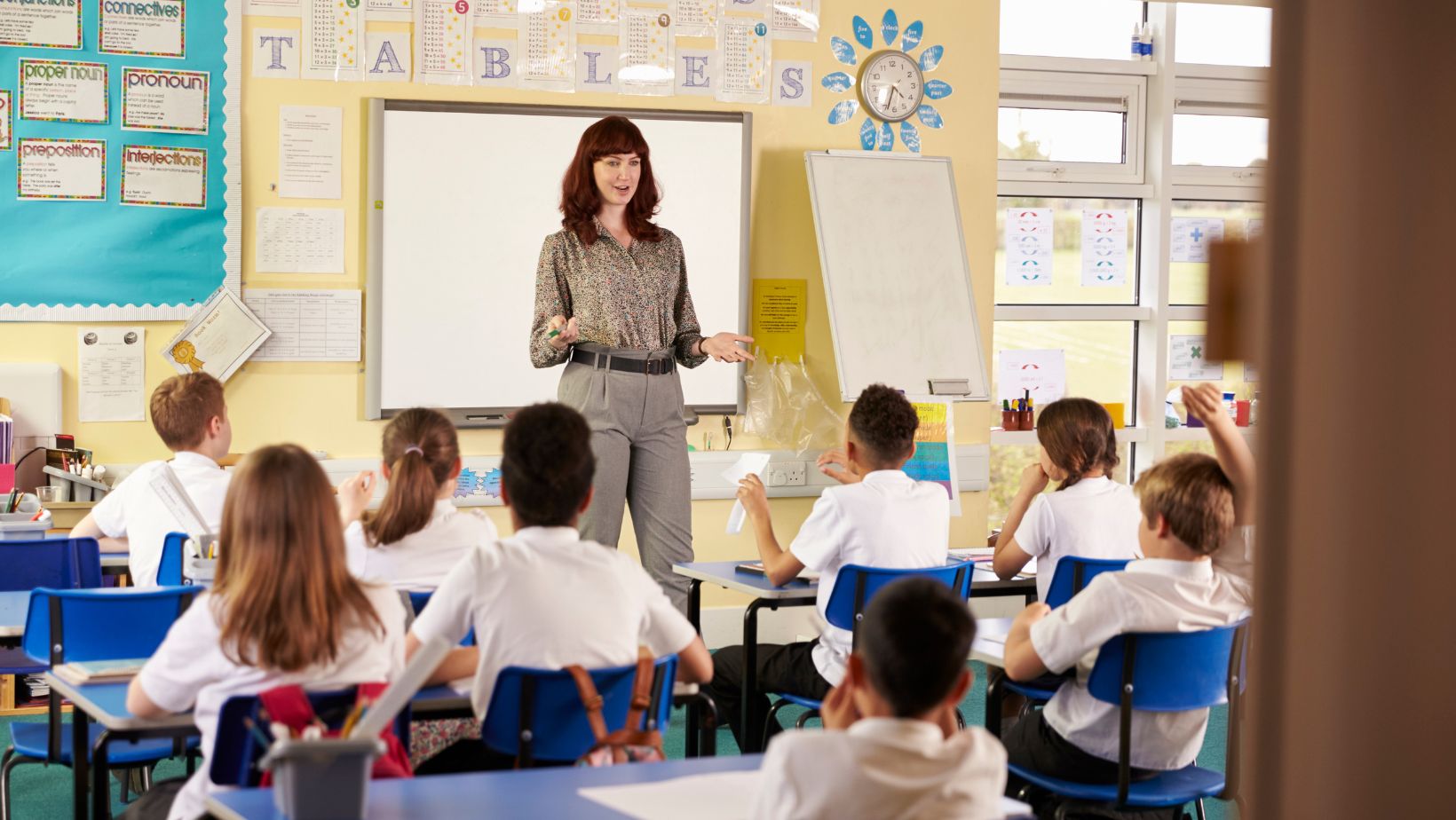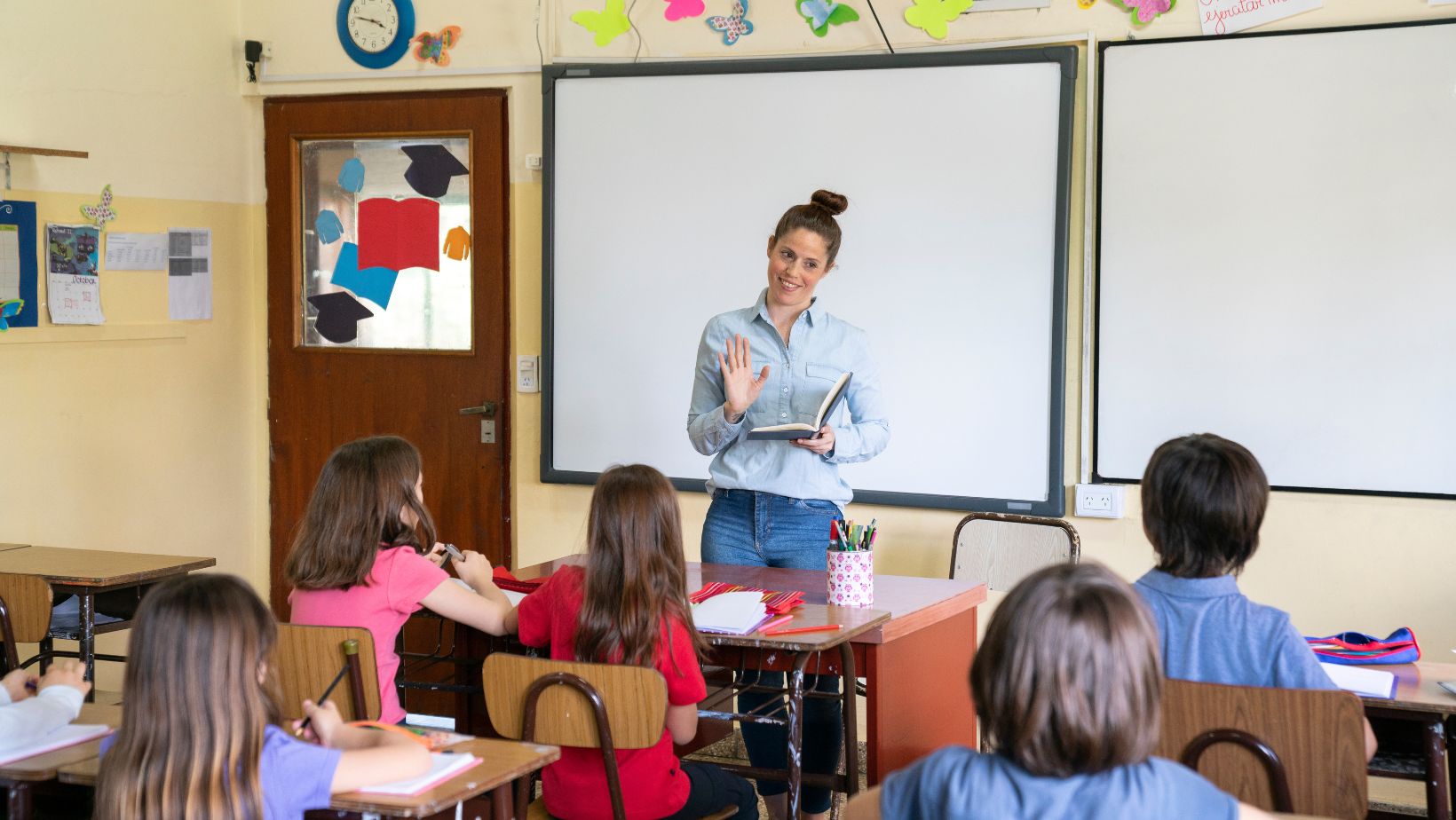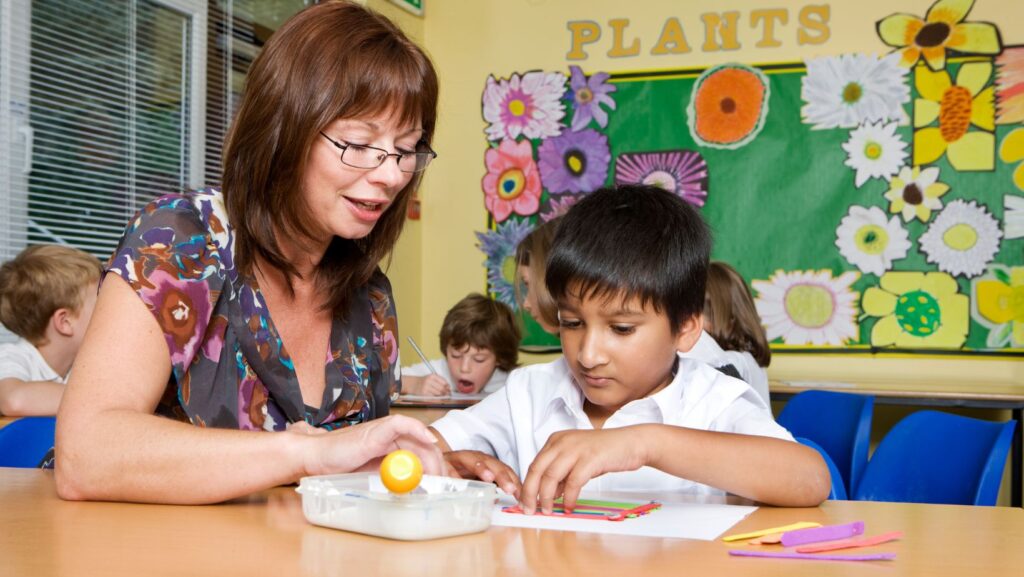Do you want to be a teacher but aren’t sure what the differences are between being a primary and secondary teacher? It’s a common question that we are asked, so let us provide you with the answers today! Primary and secondary teaching have more differences than the age of the students you teach, so let us show you the differences so you can see which is the right career move for you.
What Are The Differences Between Primary And Secondary Teaching?
In short, the differences between primary and secondary teaching are the age of the students you teach, the work environment you are in, the curriculum, and the role of you as the teacher. The differences of primary teaching vs secondary teaching are listed below to help you see which is right for you.
The Age Of The Students
It seems obvious, but one of the biggest differences between primary and secondary teaching is the age of the students. In primary teaching, you will teach children between five and twelve years, usually from foundation to year 6. You might get to work with a specific year group in your role, or you might move up with a class of students each year as they move through primary school.
In secondary school, you will teach children from 13 to 18 as they move from year 7 to year 13. You will usually specialise in a subject, like English or Maths, and will work with a variety of ages across your timetable.
There are some age-related development factors to consider when deciding which age range to change. For primary school students, consider:
- The need for guidance and support
- The natural curiosity and asking lots of questions
- The need to support the development of life skills like negotiating challenges, independence and making friends
- The need to respond positively to creative and imaginative teaching strategies

In secondary school, the developmental factors are different and can include:
- Engagement via advanced learning strategies
- Independent learning
- Managing peer pressure, stress, and bullying
- Setting clear limits and discipline
- Students needing support to identify and develop strengths and interests
The Curriculum
There is a big difference in the curriculum, too. In primary schools, you are expected to teach all subjects across the curriculum, including:
- English
- Maths
- Science
- Humanities and social sciences
- Health and physical education
- Languages
- The ats
- Technologies
As a primary school teacher, you will need to teach a wide range of content and can require a lot of time to prepare your materials for all of these subjects.
In secondary schools, teachers typically specialise in one or more areas of the curriculum. These are broken down into different subjects in later secondary school years, and you will usually run classes in one or more subjects. For example, science from years 7 to 10 is focused on biology, chemistry, physics, and earth and environmental sciences in years 11 and 12.
The Role of The Teacher
The role of the teacher is very different in primary and secondary education. In primary schools, the teacher plays a foundational role helping students adapt to classroom environments. This includes encouraging social and emotional growth and helping to build skills like creativity, reasoning, and problem-solving. The role of the teacher here is vital for preparing children for the rest of their school years, providing a love of learning and the ability to flourish in educational environments.
The role shifts in secondary school, and the teacher becomes more of a mentor. They will lead students in their academic journey, guiding them through their social and emotional development.

Secondary teachers also help students prepare for independent modes of study, entering the workforce, and becoming active citizens.
The Work Environment
Understandably, there are some differences in the work environment between primary and secondary teachers. While teachers generally teach classes for 20 to 22 hours a week, primary teachers are usually expected to teach a couple of hours more than secondary teachers. The structure of these teaching hours varies across primary and secondary schools. In primary schools, teachers are usually allocated a specific class and year level and will spend most of their day with their class. In secondary schools, teachers will work on their subject area across different classes and ages.
Primary Vs Secondary Teaching – Which Is Perfect For Me?
Deciding whether primary or secondary teaching is best for you can be challenging. Make sure that you consider all the differences to help you decide which is the right fit. If you want to shape young minds, primary school is the best fit, or if you want to mentor and support older children as they grow, a secondary position is best.
